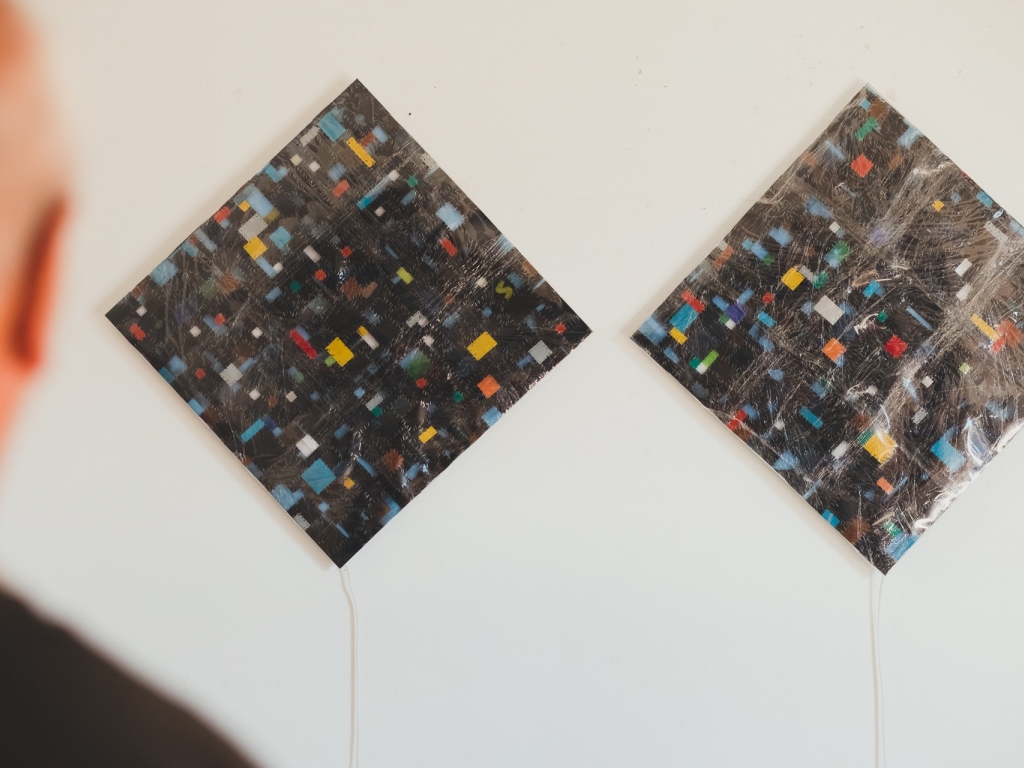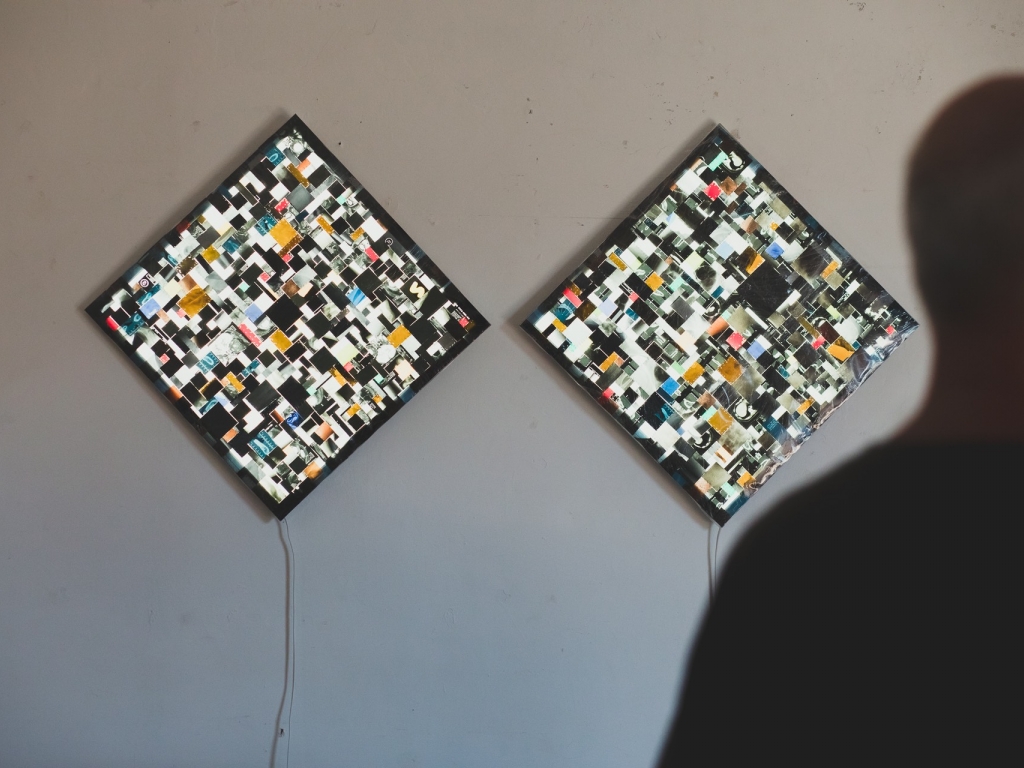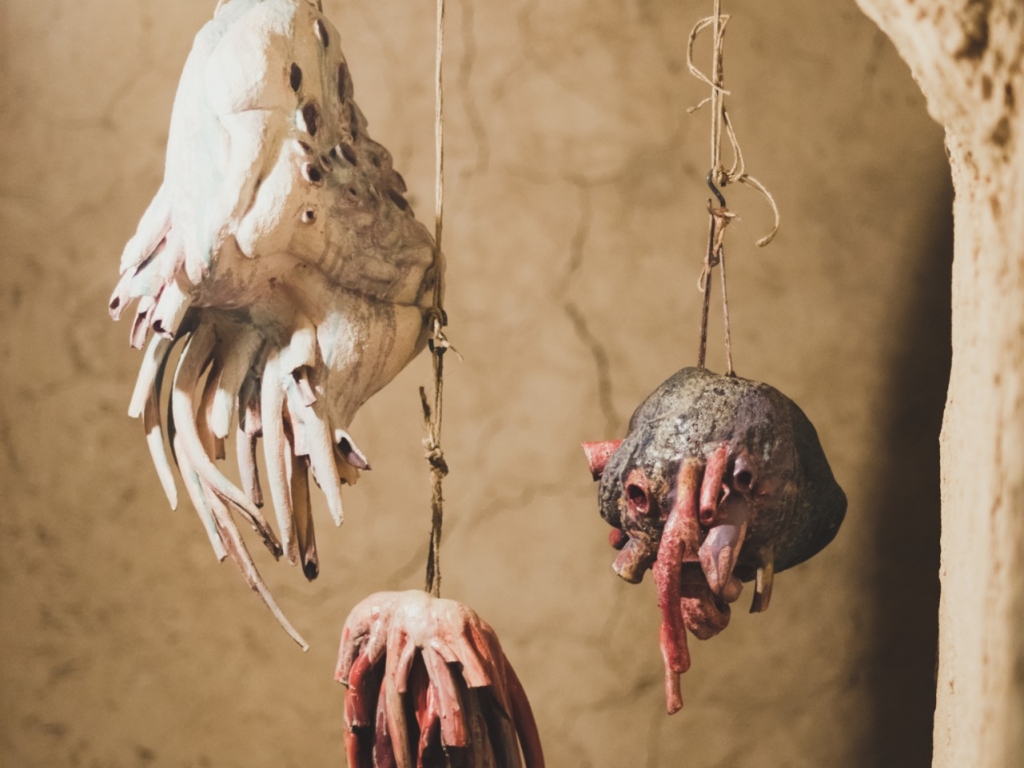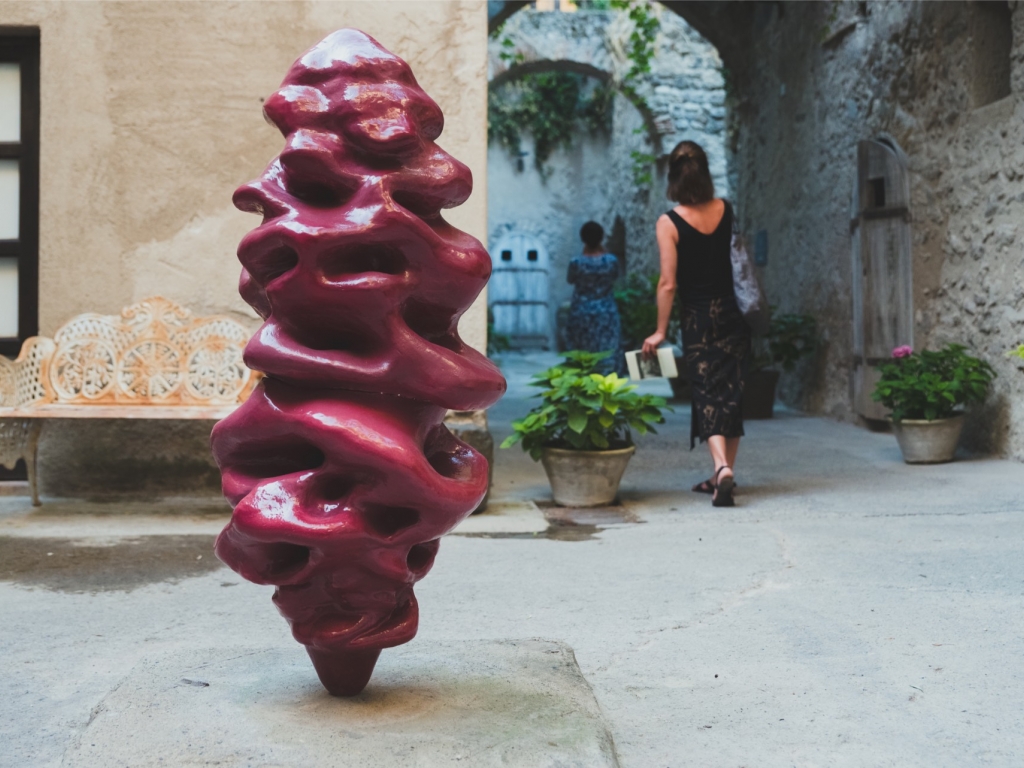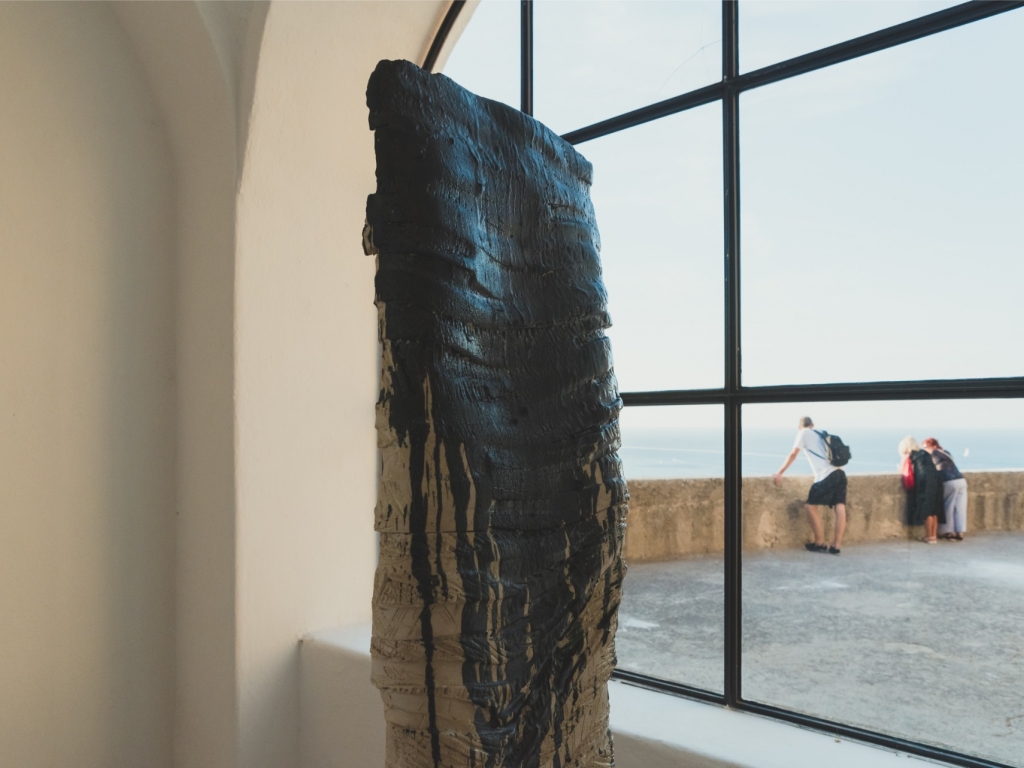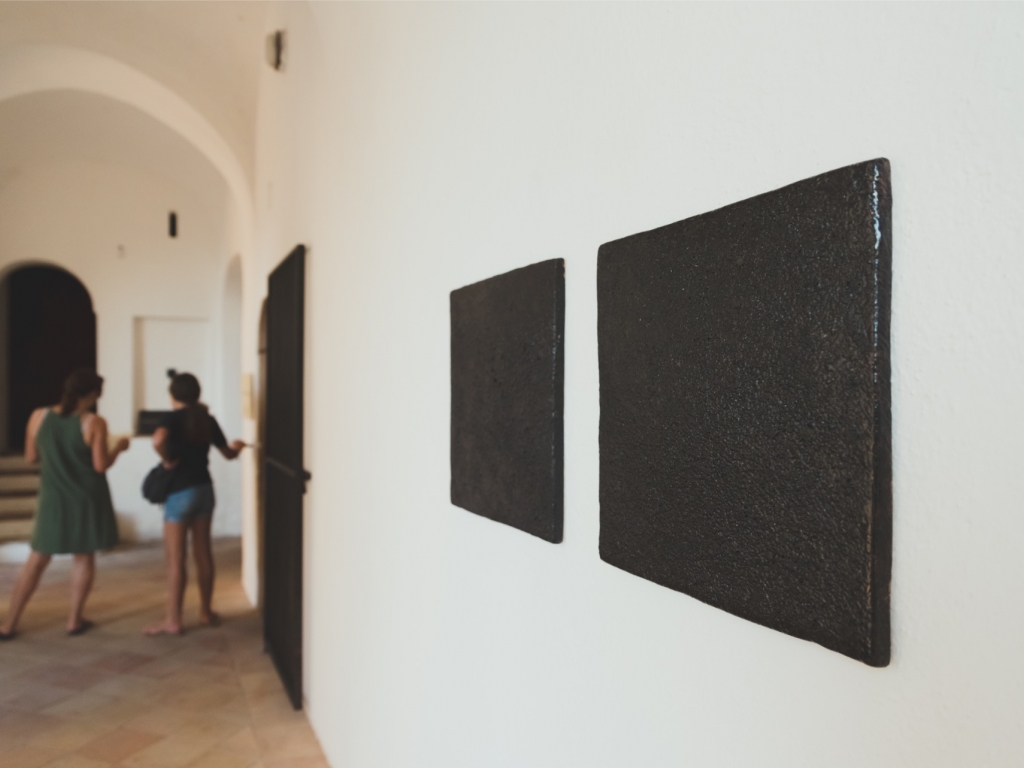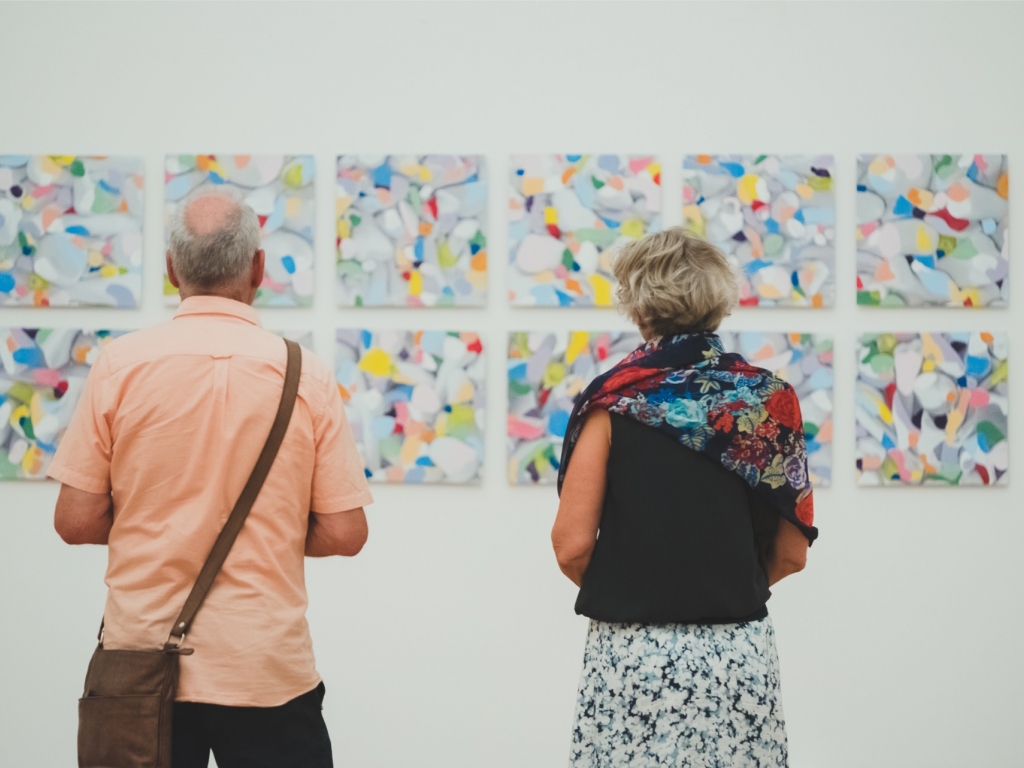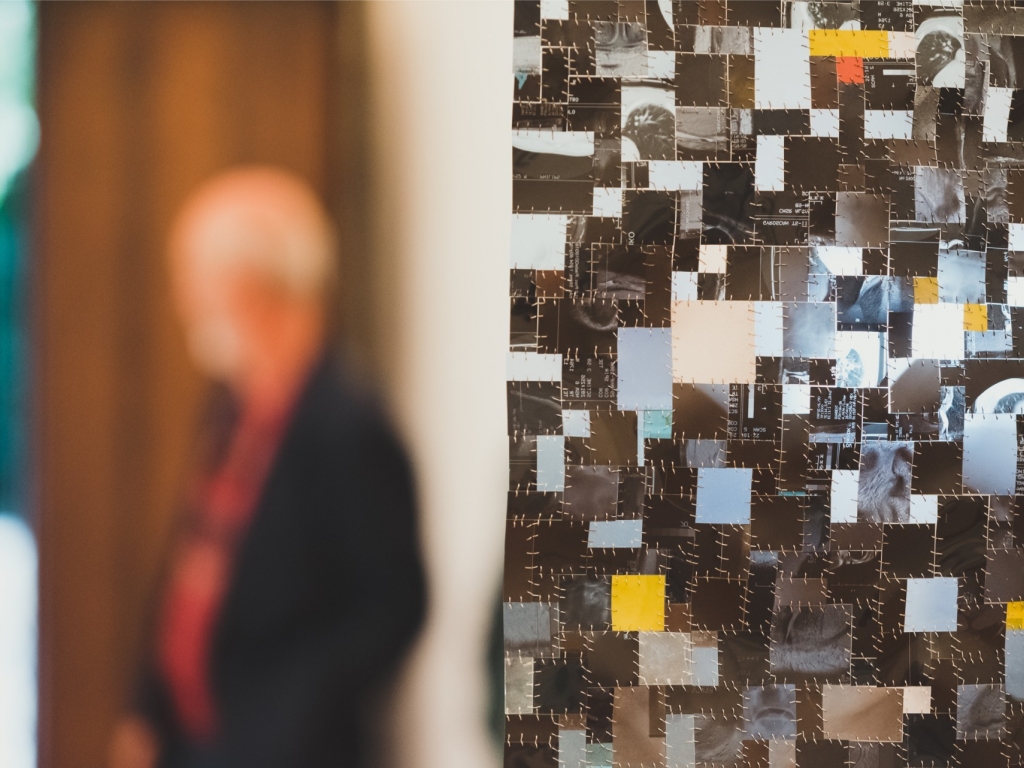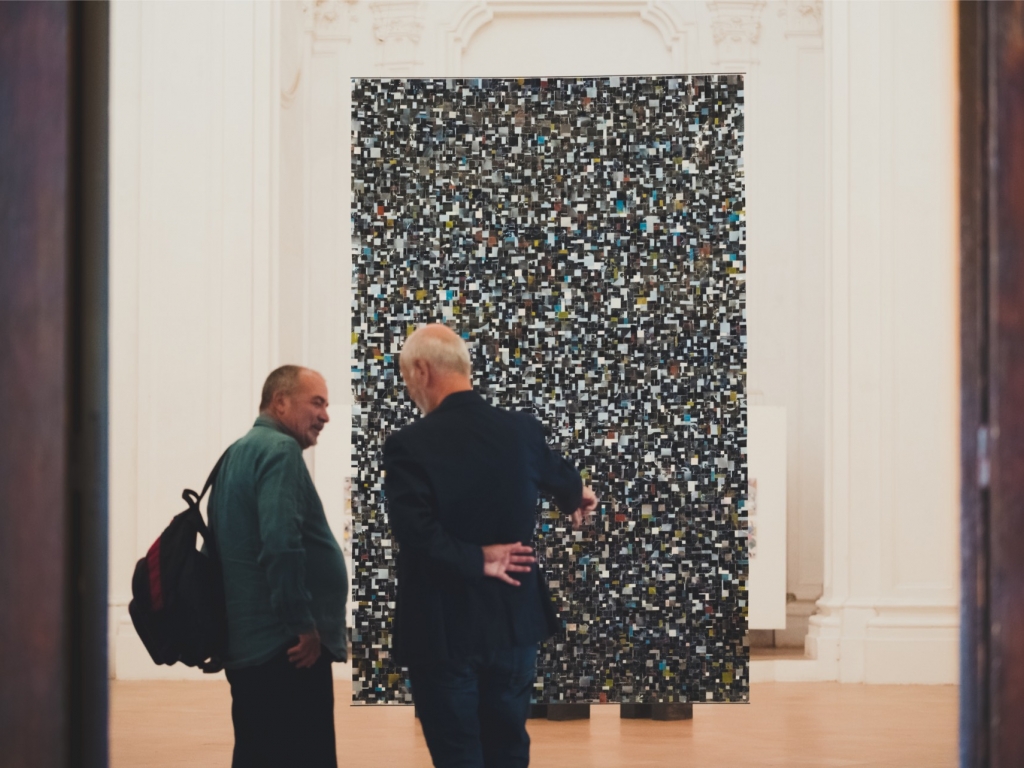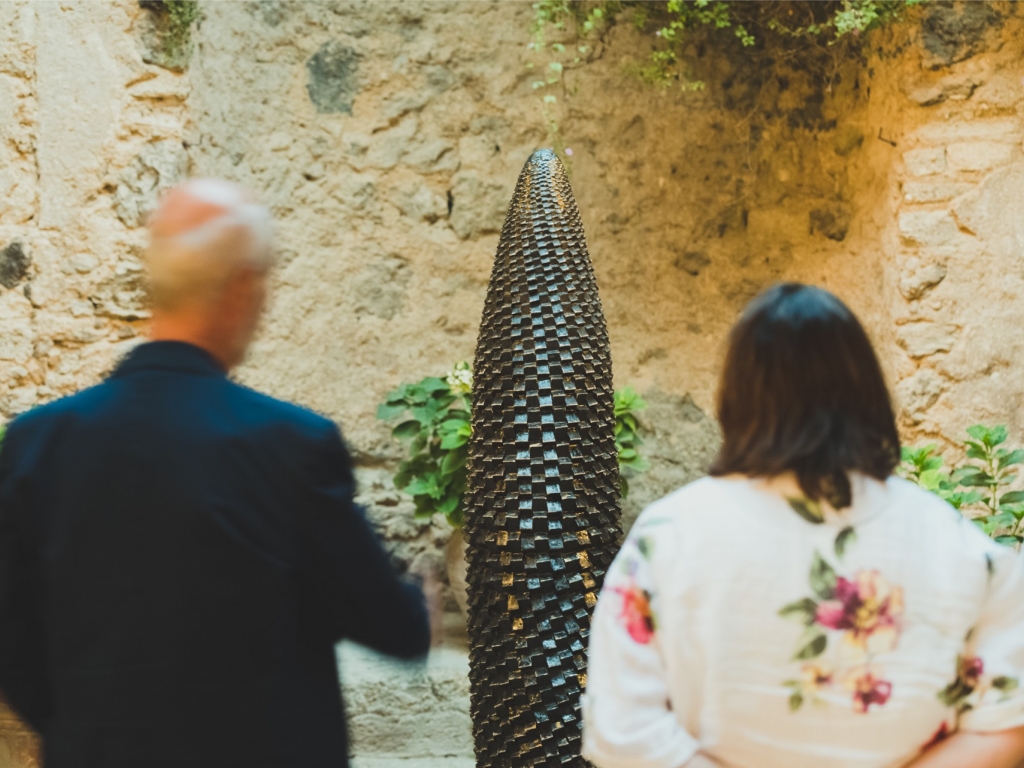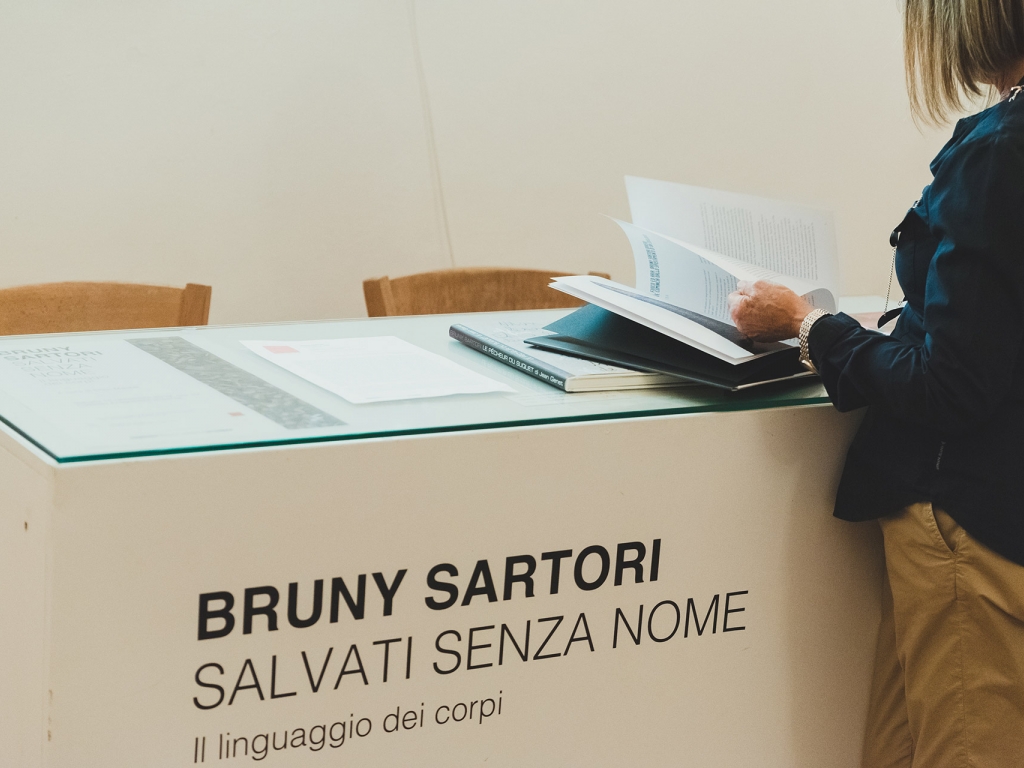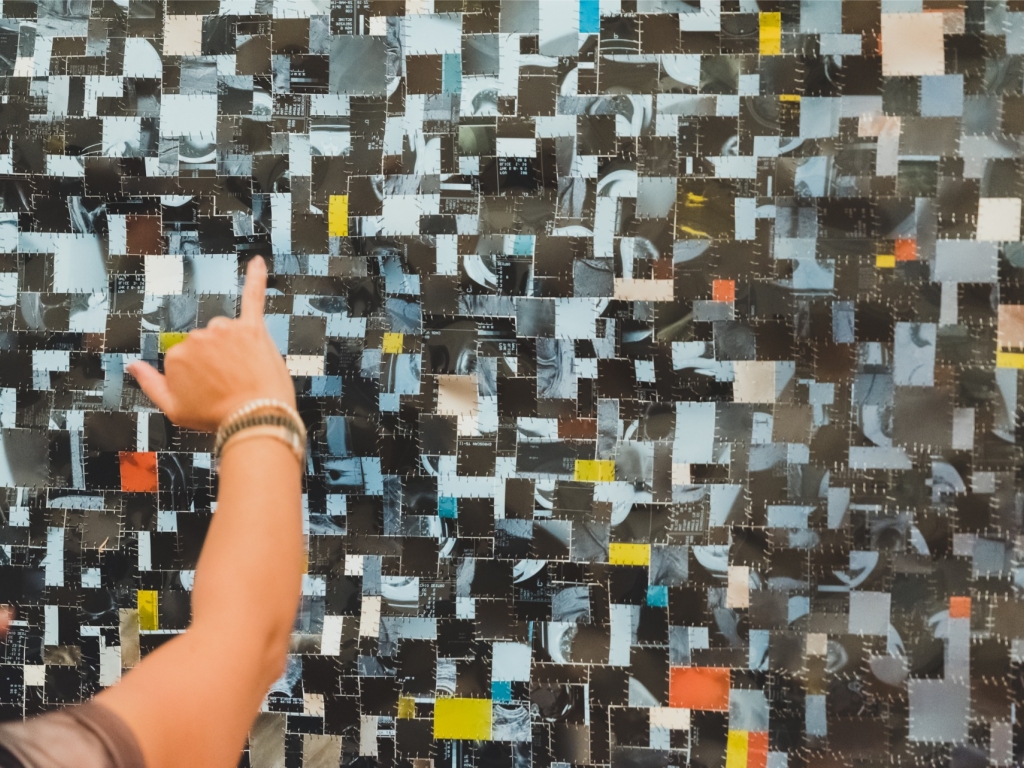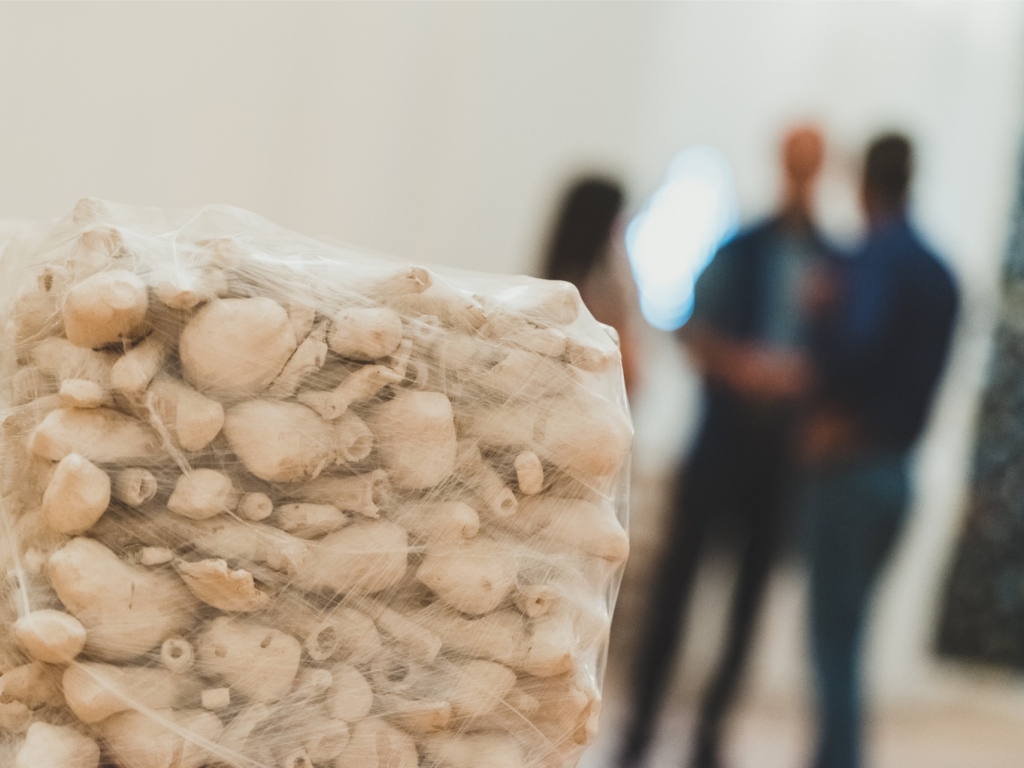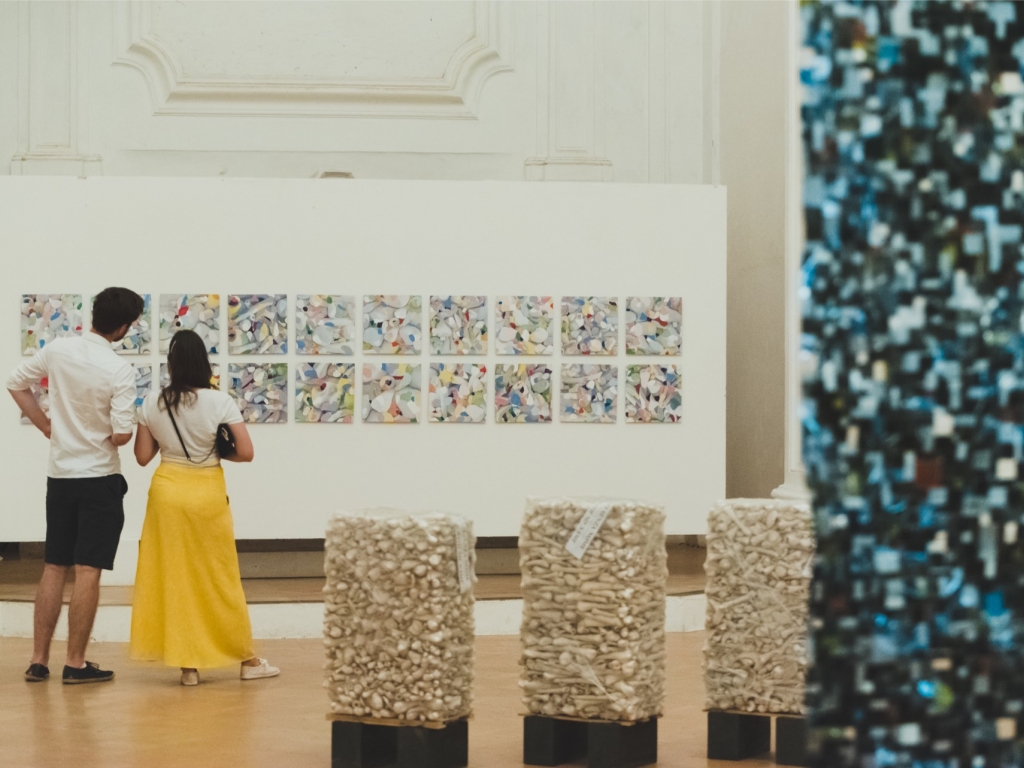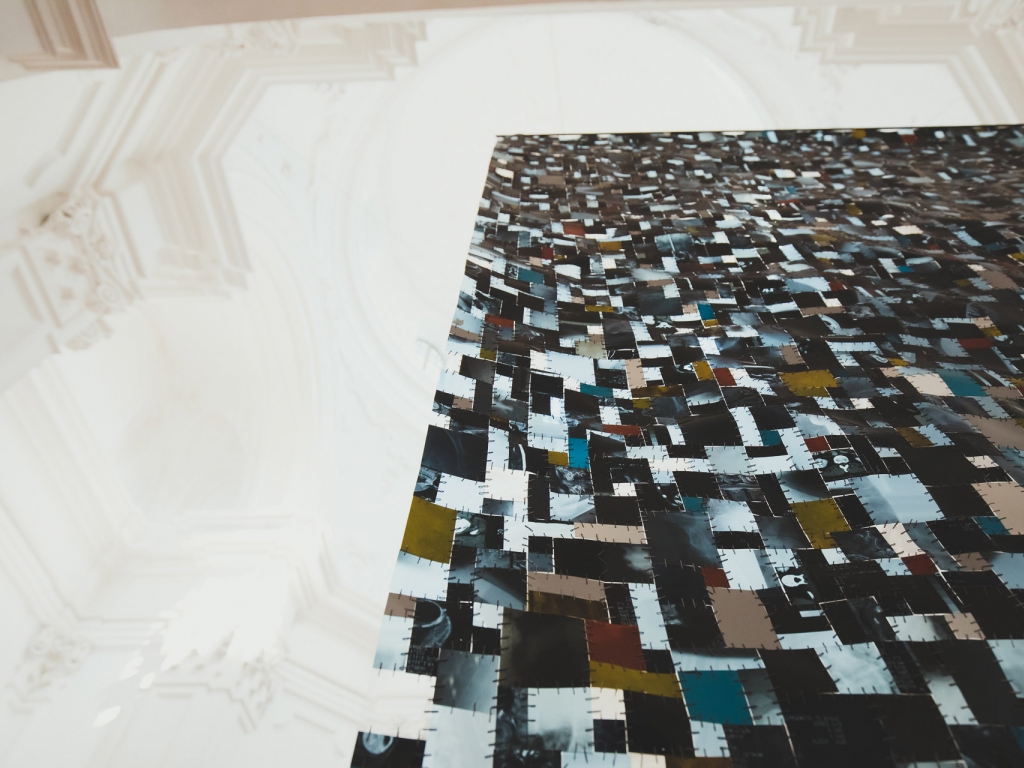Bruny Sartori. Salvati senza nome (Saved without a name)
The language of the body
The body plays a central role in the work of Bruny Sartori. The curved organic body, the crystalline body, the layered body, the compact body, the interior of the body, the surface of the body, the biological, the abstract, the symbolic body, its origin, its traces, its movement and its mutability - all these aspects inform Sartori’s work in a fundamental way.
It is thus less about the reproduction of human anatomy and more about the pervasion and artistic reflection of ideas of corporeality in general as a vehicle of an almost aching awareness of becoming and passing, of appearance and disappearance, of secret interstices within one’s being. For Sartori’s creatures turn out not to be light, harmless, and playful; rather they tend towards urgency, to mass, weight, and an inherent dynamic. They bear witness to power and strenuous endeavour, as if they had broken out of the earth’s interior, as if they were deeply rooted there. It is within this that the origins of ceramic works per se lie, and also those of Sartori. For his origins lie in ceramics, the traditional pottery culture in Veneto. Liberated and enriched by literary inspiration and with a profound passion for music and poetry, Sartori developed very early on in a sculptural direction. Yet he also engages in graphic processes that manifest into diverse portfolio works and support this sculptural discourse on another level, all the while holding it in suspense. Over and again, flat ceramic platters (le formelle) correspondingly emerge whose granular texture references eruptive processes and bespeaks the same signature style that informs the more voluminous works. Together all of Sartori’s forms of expression are an indication of hidden energy, a subtly suggested presence of the body, which provides enigmatic eversions, distortions, and joins, and touches on a delicate veneer. For Sartori, however, it is not about banal ‘embodiment’ but rather an unfolding of an autonomous language for the subversive poetry and subtle indefatigability of the creative process itself, for its inner legitimacy and potency. An impulse that paves the way from an imaginary primal base and seeks out accomplices in the material and in the artistic act in order to evert itself or, like skin for example, to stretch around the four corners of the panels.
Everything is interwoven in Sartori’s creative work; manifold interconnections are made from each work to the other. Sketched or graphic gestures comprise flat and sculptural objects - for example, Semi, a cycle of works from 2007-2011, or the sixty-part tableau Underskin from 2011, and in particular the Telere of recent years. This is how the artist defines his pictorial montages, pieced together from a shimmering network of small fragments, of geometric miniature cut-outs from X-rays - a world away from classical ceramics but one that still makes reference to the body, to corporeal existence.
Dissected, alienated, made anonymous and cryptic, consolidated into a dense carpet - the elements augment each other to become monumental compositions whose stories tell of fragility, destruction, suffering, and healing. With the title Salvati Senza Nome - we are drawn above all here to the three-part installation of the same name - Sartori brings together the memory of countless victims of the Nazi terrors and creates at the same time a fundamental dramaturgical imago for perdition and annihilation. Yet thoughts and memories, scenes and documents of the totality of destruction remain fragmentary.
‘What are the roots that clutch, what branches grow
Out of this stony rubbish? Son of man,
You cannot say, or guess, for you know only
A heap of broken images, where the sun beats.’
(T.S. Eliot)
The destruction, scattering, and fragmentation, if you will, of the corpus in a figurative sense are set against that of the whole and the unity of the compact, solid, enclosed and organic appearance of the works. They in essence show the bipolarity of aesthetic structure, of metaphorical thought as an analogue, sensory cognitive activity, associated as it is with a profound art. Invoking and visualising this duplicity between ‘significance and materiality’, Sartori touches on fundamental intersections. Corporeality as an expression of unity and fragmentation thus plays a significant role.
‘Art moves in the field of suspense between sensuality and spirituality, between emotionality and reason, between the conscious and unconscious, between what can and cannot be said, between conceptualisation and non-conceptuality - and even the symbolic and phenomenal.’
This is one way to interpret Sartori’s works. His amorphous and metamorphous creatures unlock precisely these dimensions of thinking, of experiencing and viewing, which in all their ambiguity and ambivalence reflect all his creative connections. They participate in cultural remembrance and help provide its individual bifurcations with a tangible existence. With this, Sartori remains - more strongly than many of his contemporaries - cleaved to a ‘thinking through the body’ inherent in his genre and frees us from established yet insubstantial tendencies towards abstraction. In his figures, we can not only read the traces of a sculptural transformation - before the backdrop of all that history has to offer - but also access and explore the singular stage of a ‘Teatrum Mundi’ according to Sartori.
Ellen Maurer
(Photos: © Marco Albanelli - Amici di Gabriele Mattera)
